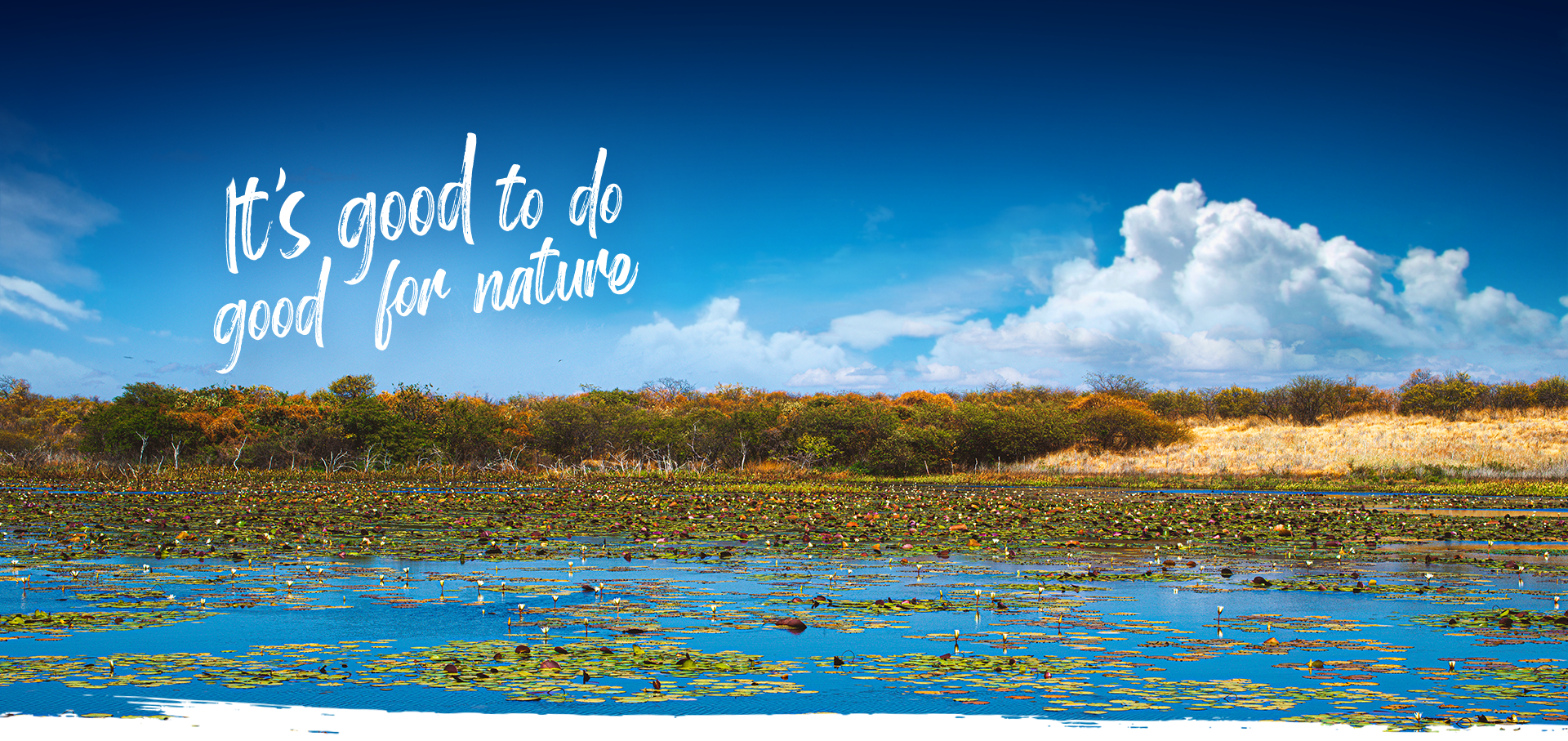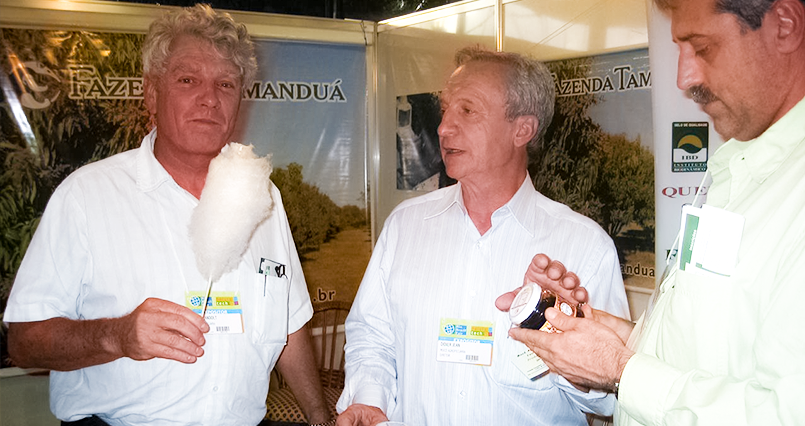The Tamanduá Farm Institute
The Tamanduá Farm Institute (OSCIP), founded in 2007, aims to give an official and structured sequence to the work started in 1977 at the Tamanduá Farm, located in the caatinga biome, with semiarid climate, and Biodynamic-certified, with the Demeter stamp.
The initial objective was to establish and offer a durable platform to university students, scientific and amateur researchers, with the possibility of carrying out studies that may take years. One example is the study that assesses nutrient cycling in the caatinga, which has been ongoing for over 20 years, or surveys of fauna, flora and insects, frequently reassessed on a 3,000-hectare farm with diverse topography and areas of fully preserved vegetation.
Based on this platform and the accumulation of information acquired since 1977, we are developing and disseminating certified organic management technologies adapted to the semiarid, both for livestock, cattle and goat farming, as well as for agriculture, mainly sorghum, drumstick trees, cucurbits, mango trees, and also beekeeping. This is done through field days or short videos.
In this way, we receive interns from Brazil and around the world, who come to discover this little-known biome, with drought prefiguring the future of many countries due to climate change.
We carry out environmental awareness and education projects with students from schools in Patos or Santa Teresinha (PB), properly prepared with the teachers. We also organize stays, as with the Escola Turmalina de Paudalho (PE), whose students come to participate annually in the work of Fazenda Tamanduá, in a vision inspired by Rudolf Steiner, founder of the biodynamic concept in 1924.
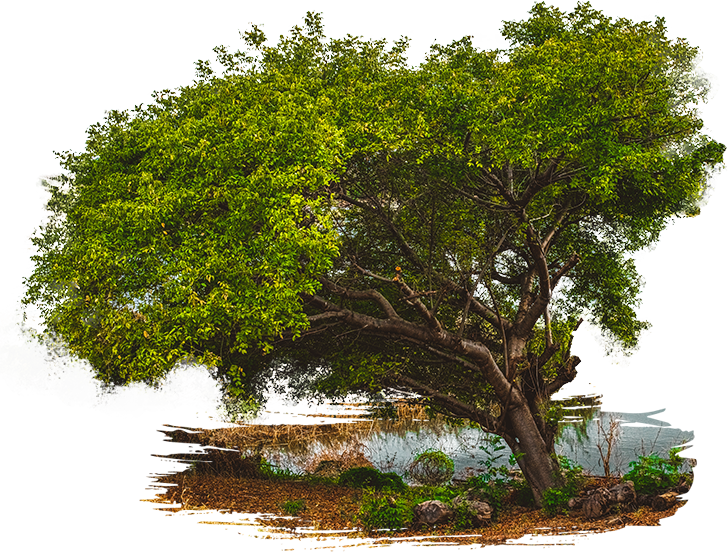
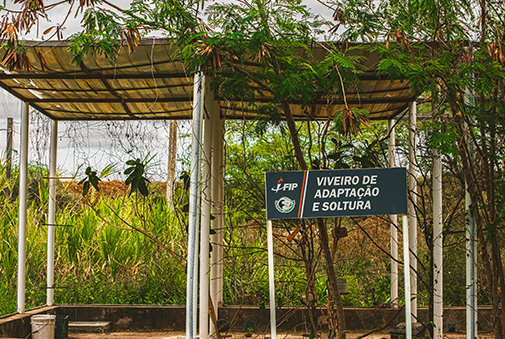
The Tamanduá Farm Institute signed an Agreement with the School of Veterinary Medicine of UNIFIP, for the practical training of students in the organic management of beef animals or wild fauna. The Project can be consulted on www.unifip.edu.br.
In fact, one of the most relevant works of the TFI is its role in Environmental Preservation, guaranteeing and offering an important area of intact caatinga biome in addition to having the largest Private Natural Heritage Reserve in the sertão of Paraíba.
Thanks to the publication of the book containing the Fauna Inventory of the Tamanduá Farm, the Military Environmental Police of Patos releases birds and other animals apprehended almost weekly in a safe, preserved environment, without hunters.

Similarly, IBAMA signed an Agreement with the TFI to build a hatchery following the technical specifications of this body, for the recovery and readaptation of birds before release, ensuring the success of releases in an appropriate environment. Animals from the sertão collected in João Pessoa’s CETAS are systematically taken to the Tamanduá Farm.
Finally, the TFI ensures the continuity of a Cultural Agenda, aiming to rescue and promote the popular musical culture of the sertão and the Northeast.
In partnership with young people from the Tamanduá Farm, we host an annual and very lively square-dancing party, ensuring, together with traditional forró, an important space in our life. In 2008, we managed to take the Trio Tamanduá, now separated, to the Montreux Jazz Festival. Today, the accordionist Jaelson, born at the Farm, and Nego Téu, a zabumba player and resident of the Farm, continue this tradition.
We host violist performances, having invited, among others, the famous Ivanildo Vilanova and his son Iponax to the home of Zé Bié, one of the rare remaining wattle-and-daub houses in the region. These houses are typical of local architecture, but were demolished to exterminate the barbeiro.
A new experience is starting now: the Farm is hosting Maria Eugênia Nóbrega, also known as Tita, a brilliant young artist, Cabeção’s mother, to live here and feel the heartbeat of a different farm.
Articles and studies
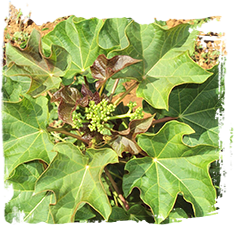
The history of pinhão manso (physic nut) at the Tamanduá Farm Institute, from 2006 to 2016
In 2006, the pinhão manso arrived at the Tamanduá Farm via the hands of Pierre Landolt. The entrepreneur’s visionary outlook gave way to an unprecedented undertaking not only in the sertão, but in Brazil.
Click to see the full article
